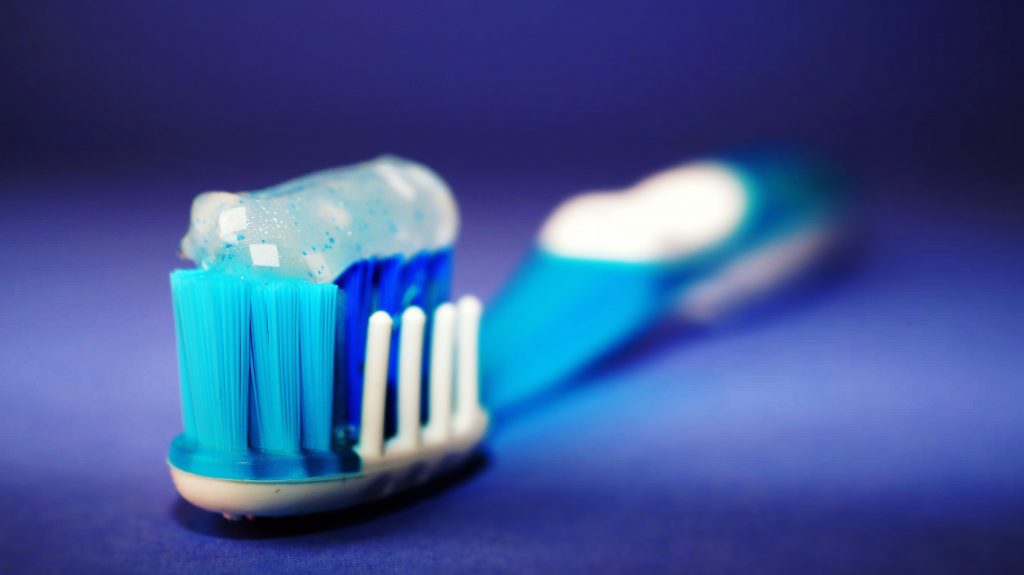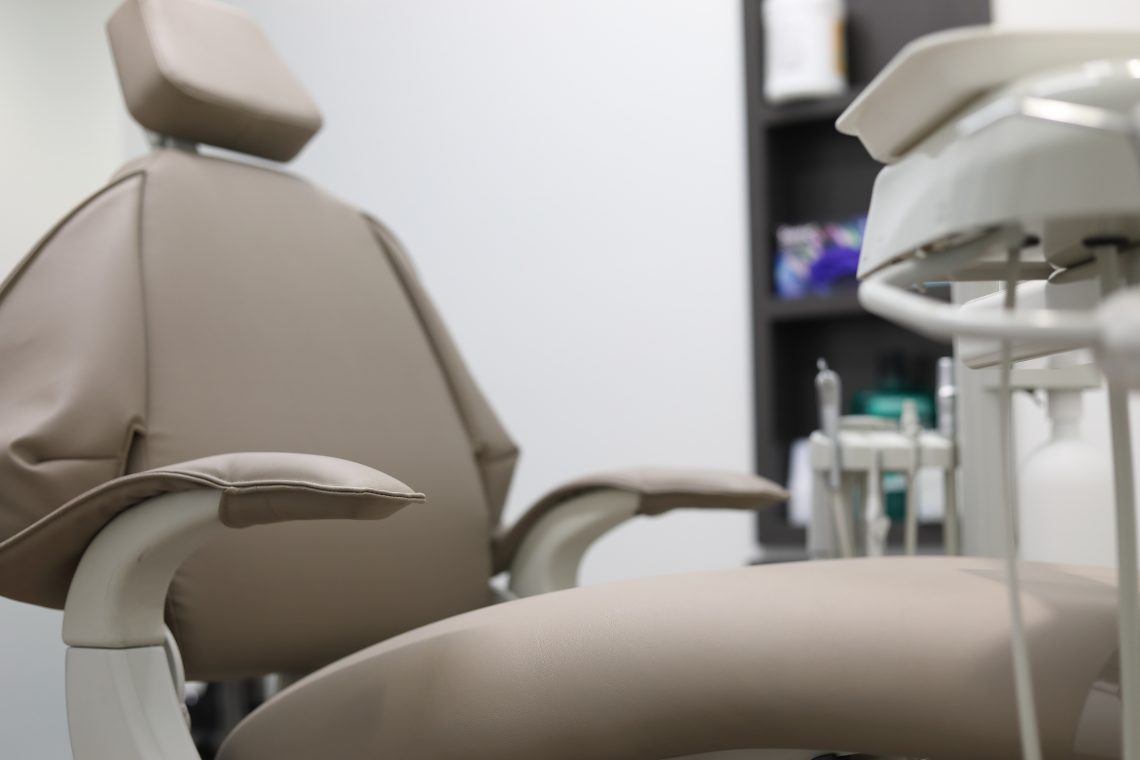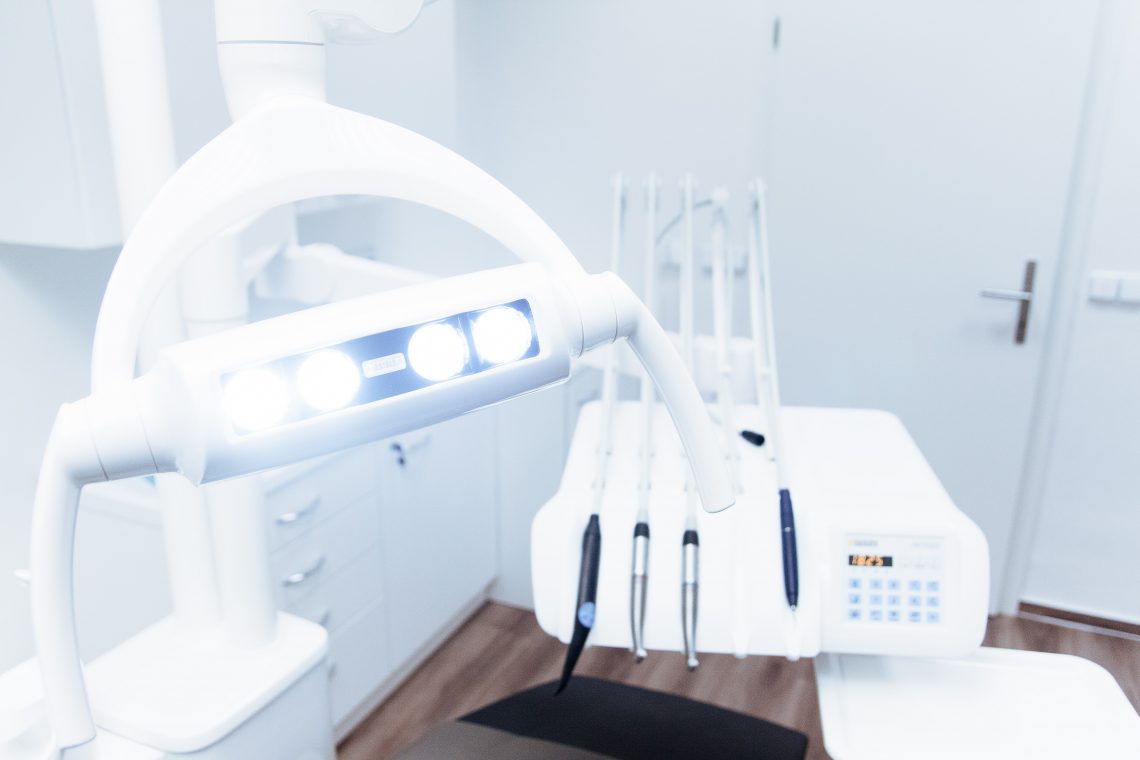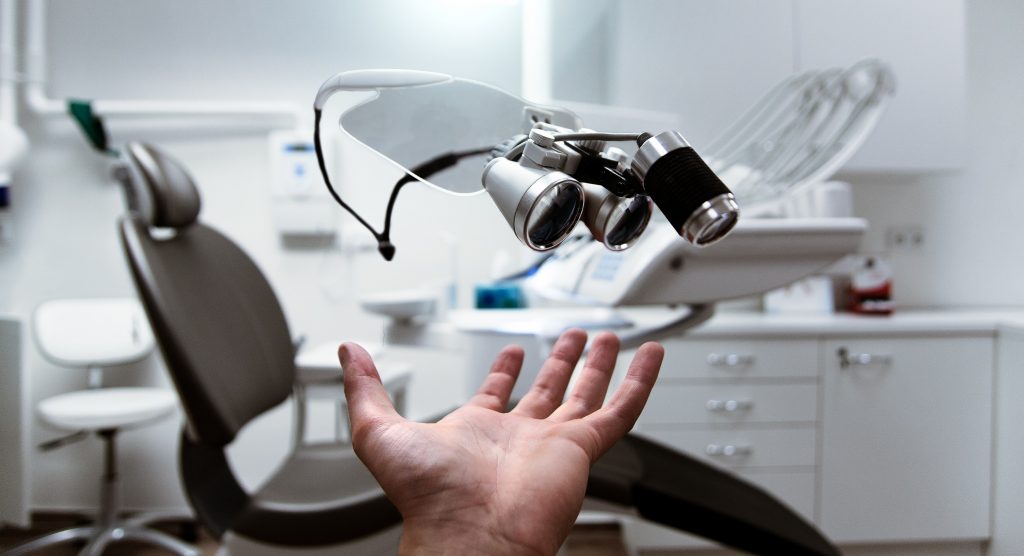Dental Services
-
Orthodontics: Fashion Or Necessity?
Orthodontics is no longer just a matter for children and adolescents. More and more people find solutions to their dental, jaw, or facial problems in orthodontics
It is not just about aligning a pair of teeth because they are crooked and look ugly. Orthodontics goes further and seeks to correct problems in the bite, jaw, or face.

What is orthodontics?
The Spanish Society of Orthodontics and Dentofacial Orthopedics (SEDO) explains that orthodontics pursues normality in the patient, but does not achieve the ideal, that is, perfection.
At this early stage, an x-ray may reveal the need to place ‘space maintainers’ in children so that the permanent molars do not reduce the gap reserved for the permanent teeth when baby teeth fall out or alter the relationship between them. they must hold the teeth for a correct bite or occlusion.
It is also possible to correct problems generated by abnormal habits, such as thumb sucking, using a simple interceptive treatment, that is, to prevent any incipient anomaly from settling. When orthodontic measures are not put in place or they do not prevent a bad bite from developing, the solution is in the corrective treatment using functional, fixed, or removable appliances.
Who needs orthodontics?
Generally speaking, all those who have malocclusion of the teeth need orthodontics, since this anomaly can prevent proper chewing, proper cleaning of the teeth -with negative consequences for dental health, such as cavities, tooth loss, dental problems. gums or enamel wear – or even create insecurity or make sufferers feel self-conscious.
Malocclusions or bite problems can be inherited or the consequence of dental disease, early loss of baby teeth or permanent teeth, an accident or medical disorders, among other causes.
Misalignment of the bite is classified into:
Type I: although the jaws are correctly related, the teeth are advanced concerning the bone from which they are born. There may or may not be crowding of the teeth.
Type II: the upper jaw is displaced forward, with the teeth very advanced concerning its bone base.
Type III: the mandible has outgrown the upper jaw and causes a crossbite.
Orthodontics plays an important role in the prevention of oral pathologies such as tooth wear, worsening of existing dental malpositions, the appearance of joint and muscle pain, etc.
indeed, whether it is with invisible aligners (Invisalign), metal brackets, sapphire, or lingual brackets, the various treatments manage to correct almost all malocclusion problems.
Therefore, and without considering that there are very specific problems that require or contraindicate one of the orthodontic systems, we can say that the factors that determine the type of treatment best suited for adults are the economic factor and the aesthetic factor.
orthodontics for adults
If we want fast and aesthetic treatment, regardless of the variable price, the best option is undoubtedly Invisalign.
If we want a treatment with a more contained price, without evaluating the aesthetics, the best option is the metal support.
-
Orthodontics:
The objective of orthodontics is the mobility of the teeth seeking their occlusal normalization (the chewing surface), or the displacement of the entire dental set (dental arch), especially to correct functional disorders of chewing. Occlusion is based on the contact relationships that exist between the teeth of the different arches (that is, between the upper and lower teeth).
Corrective treatment is primarily aimed at correcting a consolidated malocclusion.
Three types of devices are used for this type of treatment:
a) Functional devices
When we speak of functional apparatus we refer to a variety of removable appliances designed to alter the position of the different muscle groups that influence the function and position of the jaw to increase its length. They are generally recommended during primary or mixed dentition. They are devices that initially only carry out functional modifications, but that later lead to structural changes. Functional appliances change and transform the direction and intensity of muscular forces and produce dental displacements. The effects of these appliances are the inclination of the teeth and changes in the bone that supports the teeth.
b) Removable appliances
They are the appliances that the patient can remove to clean, but when they are placed they are firmly attached to the teeth. These appliances apply controlled pressure to the teeth to be displaced through the action of active mechanical elements, such as springs, arches, screws, etc. These forces are, in their totality, artificial or mechanical, and act directly by displacing the teeth, without having anything in common with the forces created by the action of the muscles, which participate in the functions of chewing, swallowing, and phonation, among others.
The removable appliances, commonly known as “plates”, are very useful for the expansion of the jaws, especially the upper one, especially for the correction of “crossbites” and slight crowding, when this? expansion is indicated, as well as for very specific tooth movements.
c) Fixed appliances (brackets)
It is orthodontics formed by the combination of brackets, metallic or ceramic elements glued to the teeth, and metal arches that cross them.
Brackets can be visible, like metallic ones, or aesthetic ones like ceramic ones that are translucent or transparent and stick to the outer surface of the teeth taking their color.
Orthodontic treatment with fixed appliances may be associated with increased gingival inflammation and gum bleeding, among other conditions, since oral hygiene is more complicated to perform (especially the interproximal areas), so people who are going to start orthodontic treatment must have a good periodontal condition and continuous monitoring throughout the treatment.
During orthodontic treatment, it is essential to pay special attention to oral health, carrying out a correct brushing of teeth and appliances with specific products for orthodontic wearers.


